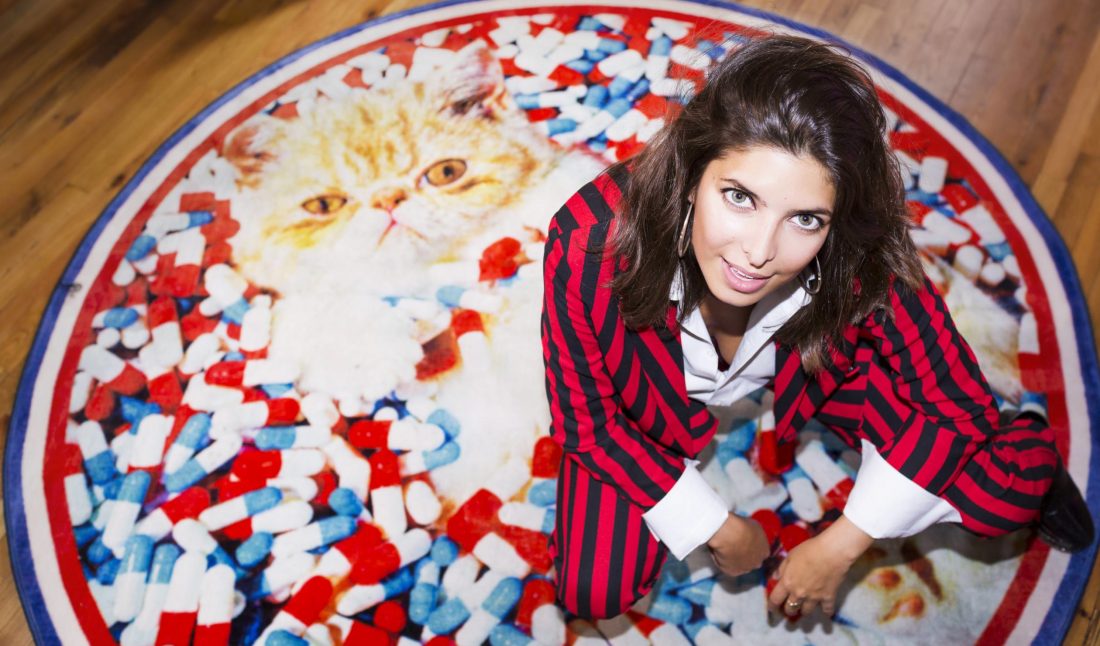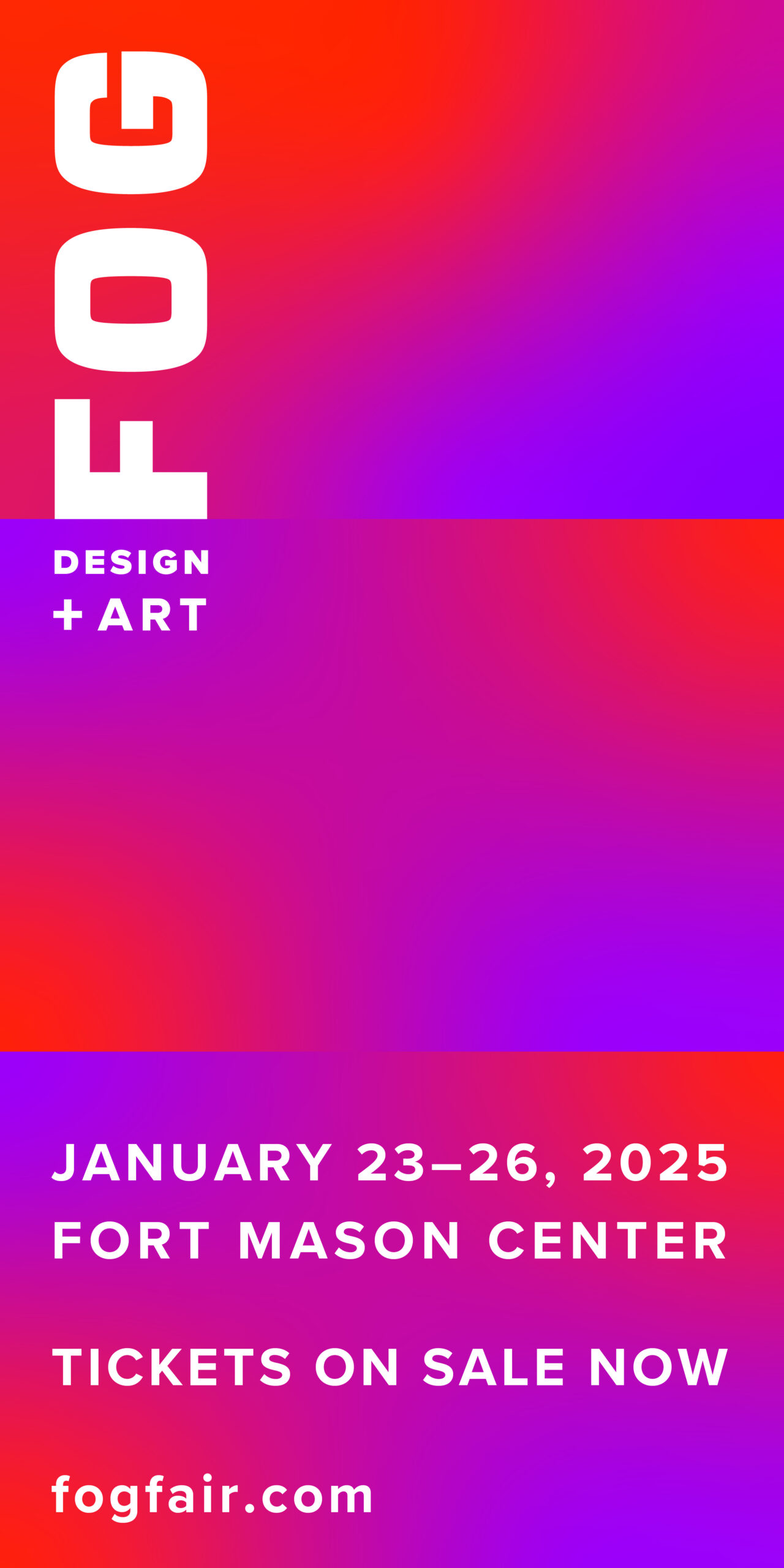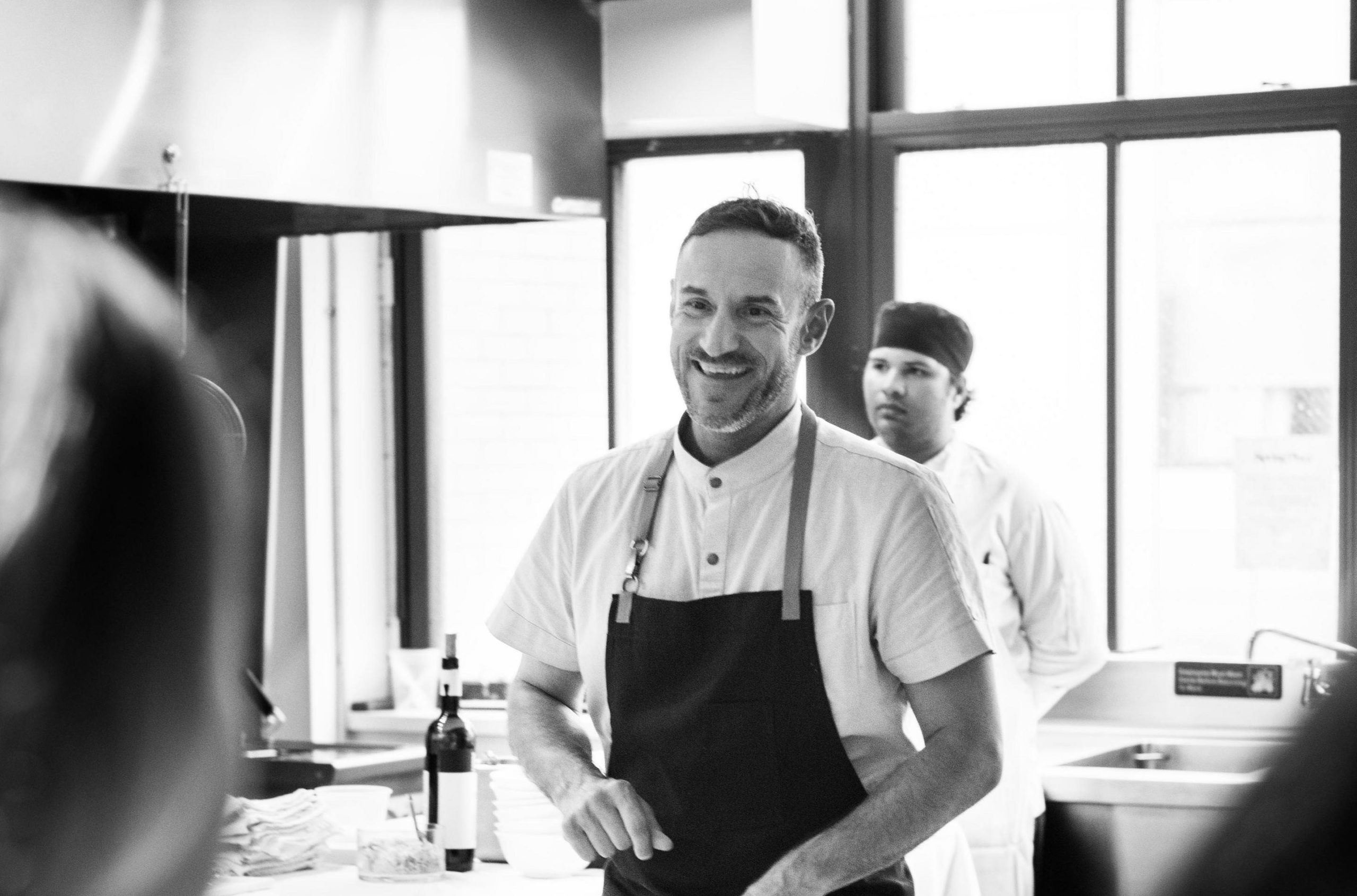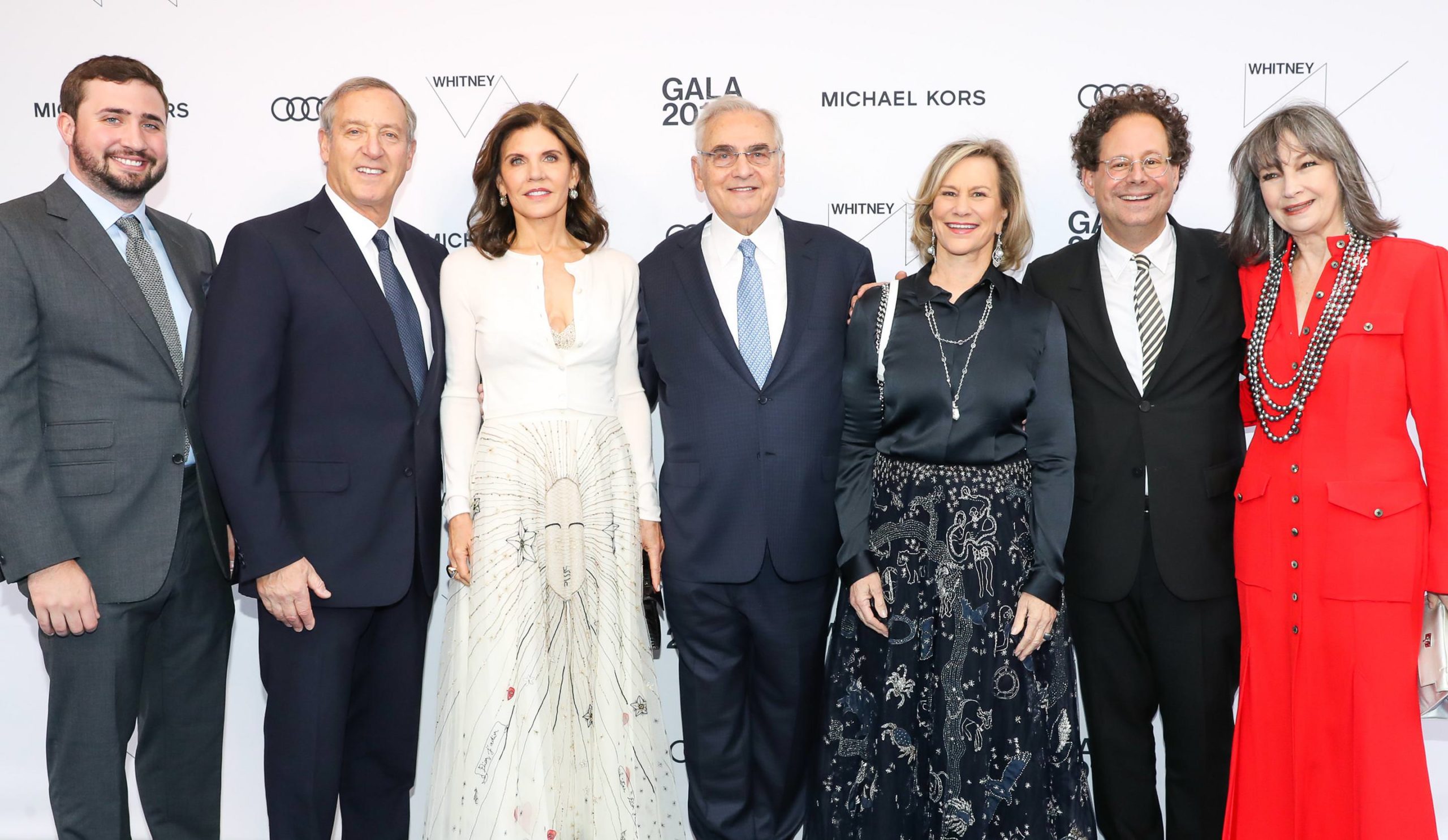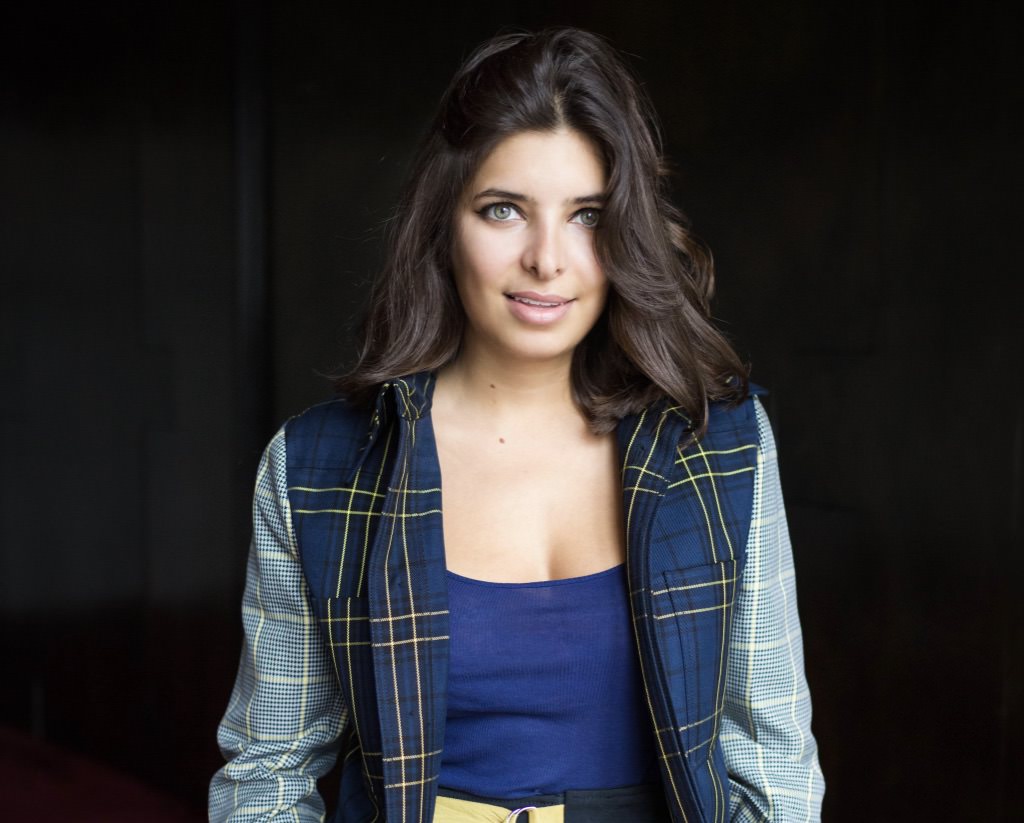Curator Roya Sachs likes to allow for the unexpected in the exhibitions she puts together. She wants visitors—whether they love the show or not—to feel as though they have left a part of themselves in the gallery. Whether that means an immersive installation, a surprise performance on the opening night, or work that simply stops you in your tracks, she hopes viewers will leave feeling changed (and that often comes with an Instagram-worthy moment).
She’s created shows for Mana Contemporary, Gerson Zevi Gallery, and LAMB Arts; sits on the board of Performa; and is currently curator of the Lever House Art Collection and artistic director of Spring Place. Whitewall spoke with Sachs about the beauty of getting artists and art lovers outside their comfort zone.
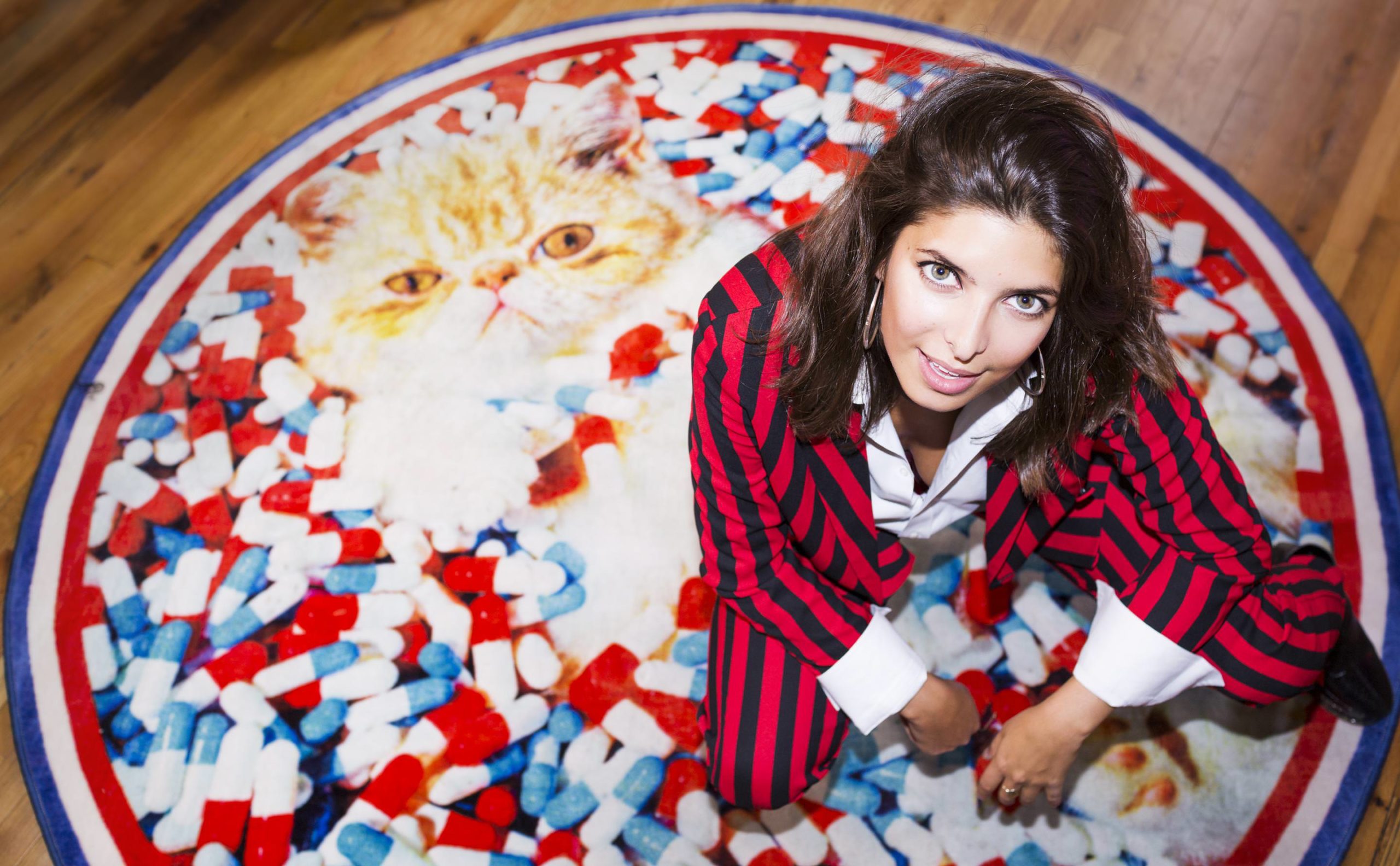 Portrait by Caroline Cuse.
Portrait by Caroline Cuse.
WHITEWALL: As curator of the Lever House Art Collection—a glass gallery that can be viewed from Park Avenue—you’ve created some surprising installations, with Katherine Bernhardt and Reginald Sylvester II. What do you have planned for the spring?
ROYA SACHS: I am excited to share that we will be opening an Adam Pendleton show on February 28. It will be his first show in New York (his hometown!) in five years, and will stand as an important and unique installation. The show is all commissioned new works including a series of Mylar works, graffiti paintings, systems of display, and a wall work. Since I’ve come on, it’s been an incredible experience. The challenge and beauty of the place is that it’s private and it’s public; it’s outdoor and it’s indoors. It’s got this complete transparency that for an artist could be very daunting. Whether you’re interested or not, you’re forced to look and interact with it. That’s also what I love about it. Suddenly, artists are getting a larger audience. Over 100,000 people drive or walk by Lever House every day. It really forces the artist and myself to think completely outside of the box for every project.
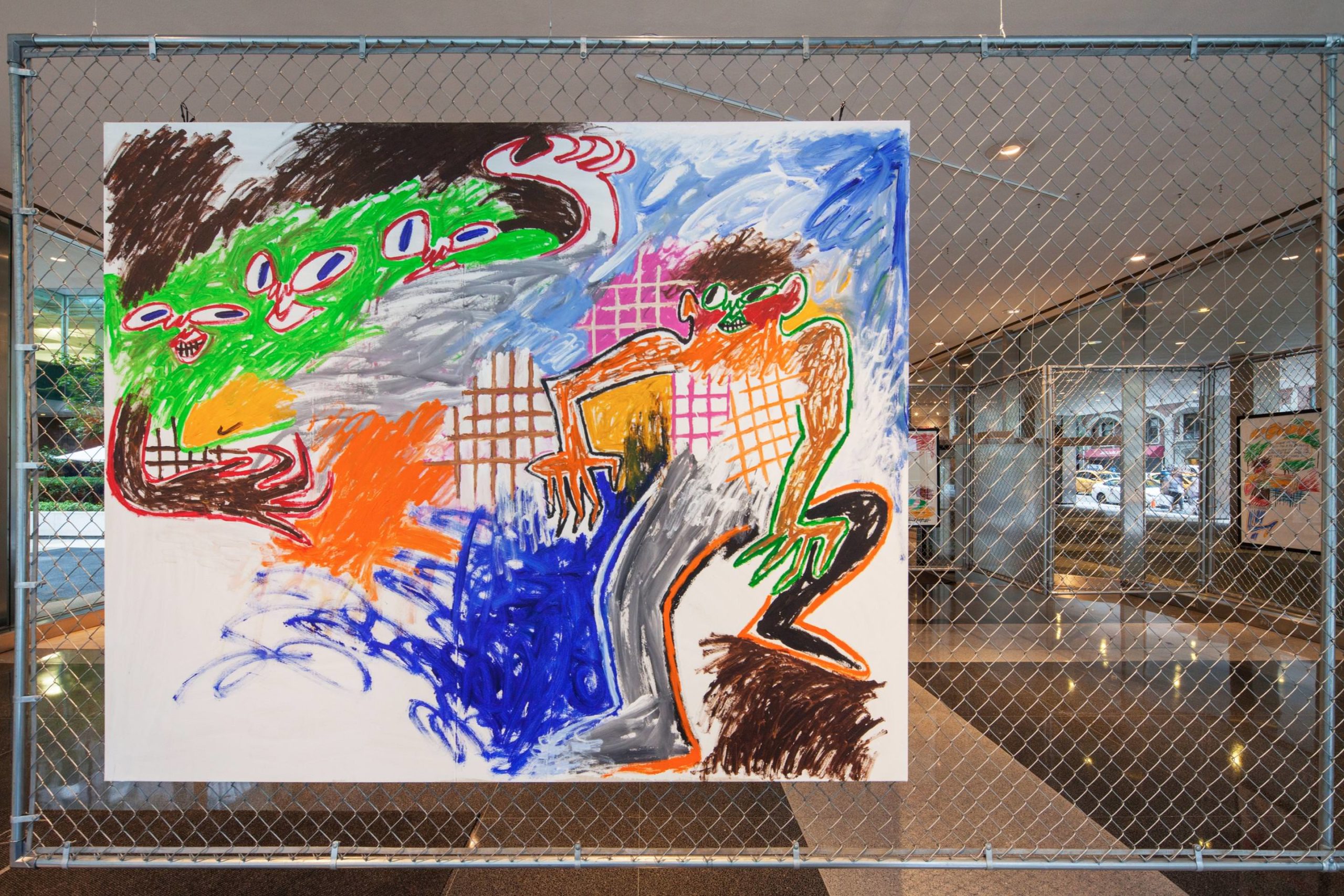 Installation view of Reginald Sylvester II at Lever House, photo by Jesse David Harris.
Installation view of Reginald Sylvester II at Lever House, photo by Jesse David Harris.
WW: You’ve said that you like to curate exhibitions that are engaging, whether through installation or work in conversation. Why is that important for you?
RS: From the very early shows I did, I wanted to push the envelope a little bit more. I always liked the immersive exhibitions that forced you to interact physically as well as mentally, that pushed you and changed your body language in the space, heightening an emotional experience. When I started thinking about exhibitions and curating, I thought there needs to be an interactive element, so someone can leave a piece of themselves or take a piece with them. That is done through experiential art. That can be looking at a canvas that is beautiful to you, or working with a technology artist on an immersive installation, or an opera singer singing right in front of you. What I’m really interested in is that experience that you have as an audience member. What is the journey you are going to go on?
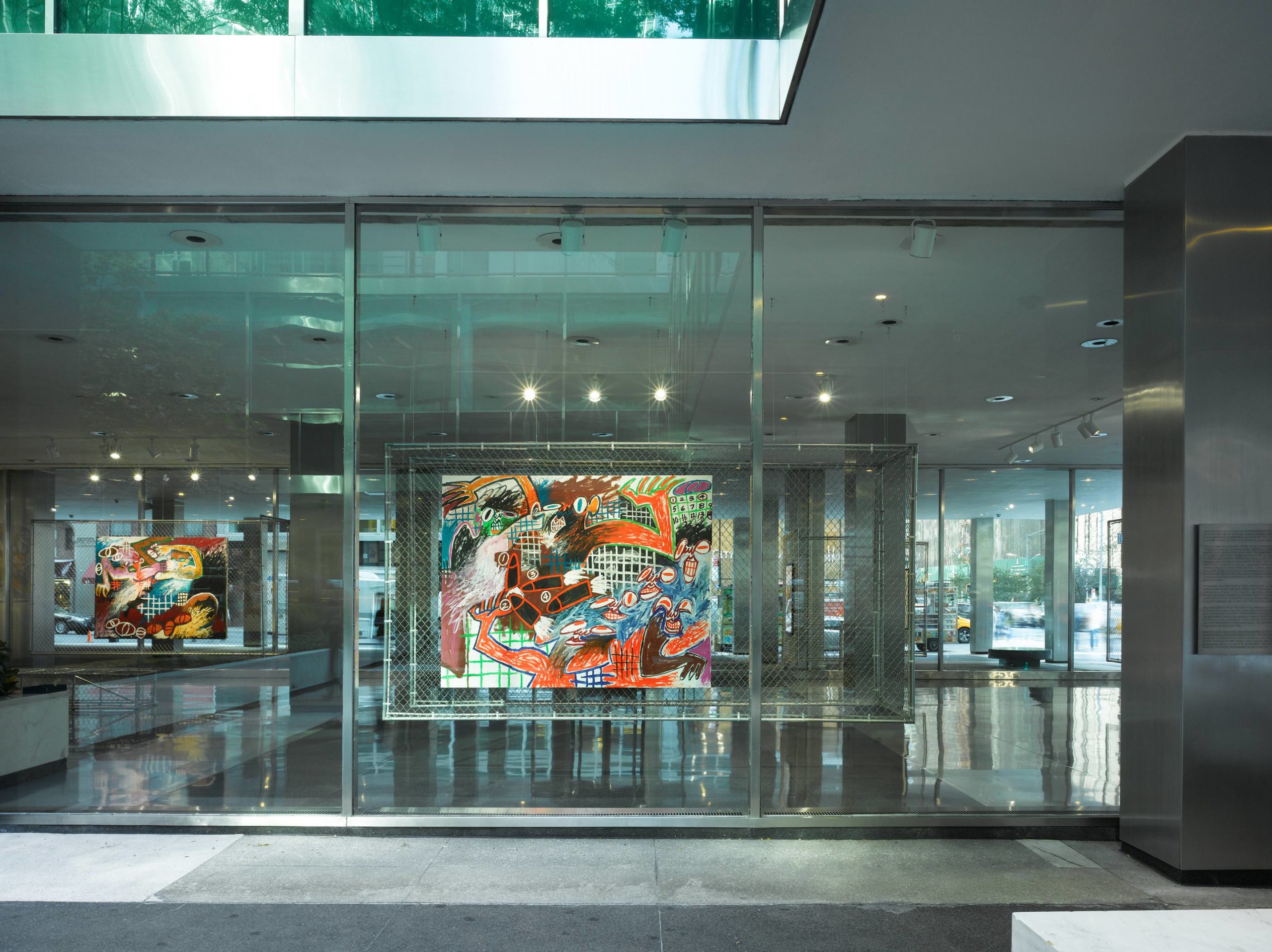 Installation view of Reginald Sylvester II at Lever House, photo by Jesse David Harris.
Installation view of Reginald Sylvester II at Lever House, photo by Jesse David Harris.
WW: Last summer, you joined Spring Place as the artistic director. Tell me about your role
there.
RS: For Spring Place I’m working on a collaboration with American Ballet Theatre, The Watermill Center, as well as working closely with Independent art fair. What’s so interesting there is that you have the very corporate side, but then you have all different types of creatives from every walk of life that come through. What I want to do is cross-pollinate. I want to bring these different worlds together in conversation—Independent art fair, Tribeca Film Festival, incredible tech conferences. I think that the world of collaboration is becoming more and more important. People are looking for new experiences. There’s a demand for it. The attention span of people is ridiculous now. People are looking to have their senses heightened in more than one way.
WW: There’s a lot of lament around Instagrammable moments at museums now. But it does have a huge impact for institutions, in terms of increasing visitorship. As a curator, are you thinking about how to get people in the door, to see something in person?
RS: I like forcing people to get up and come. That’s also what I love about performance. You have to be there to experience it. We’re so overly exposed and used to instant gratification. That changes our patience in a museum or gallery. It’s not only about how can you bring that audience in there, but then how do you have them interact and react? If someone is having an emotional reaction, then as a curator we’re doing our job.
Video by Steve Benisty.
This article is published in Whitewall‘s spring 2018 Future Issue.






